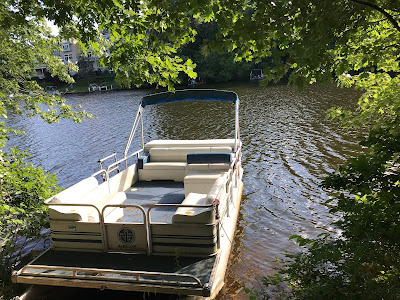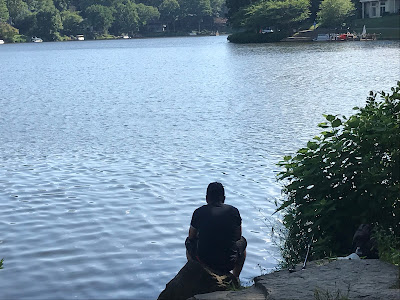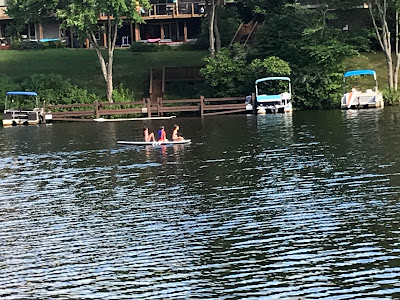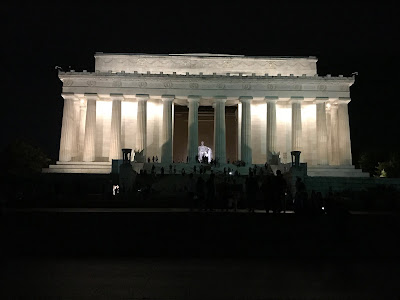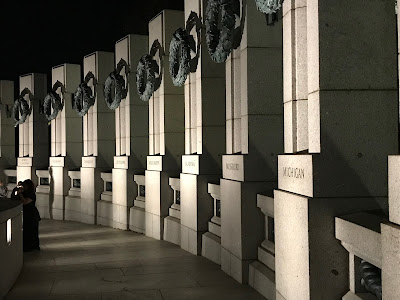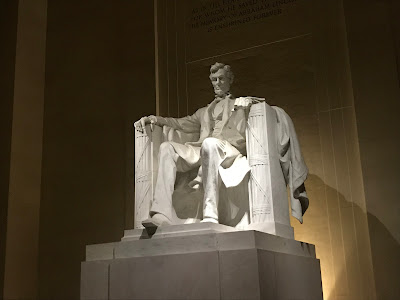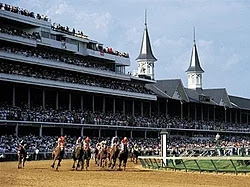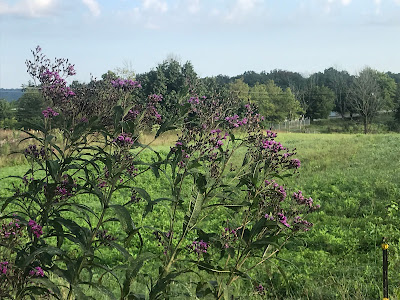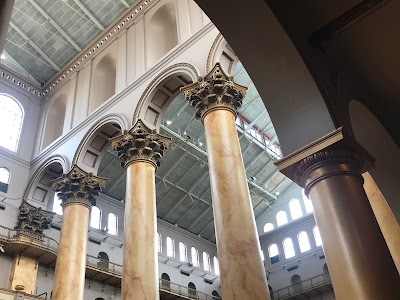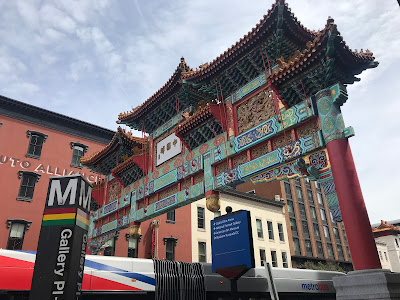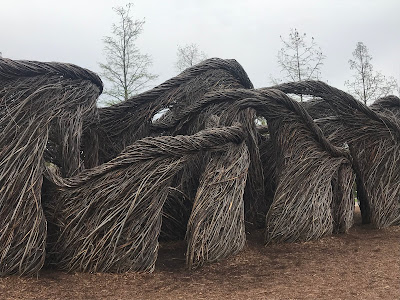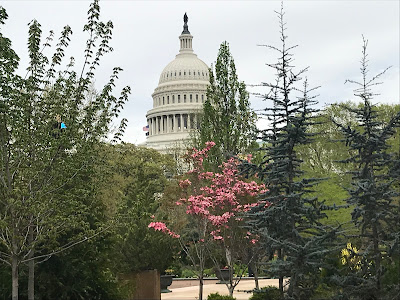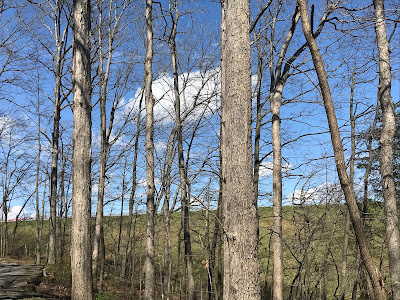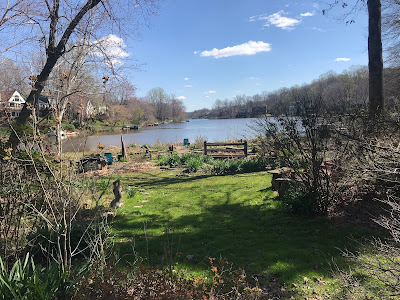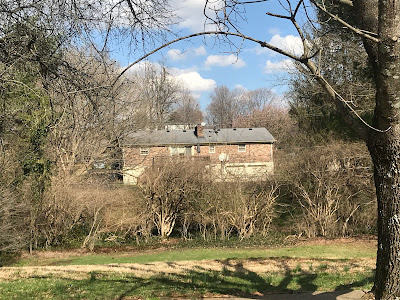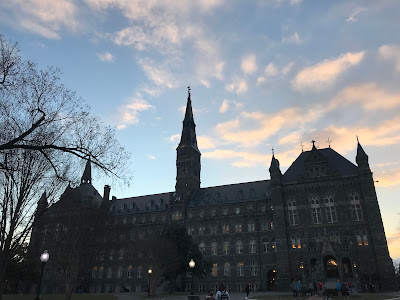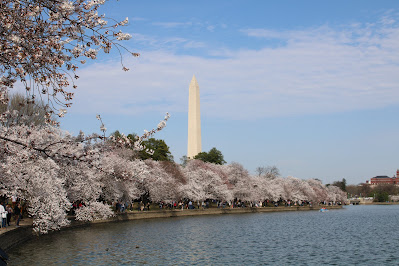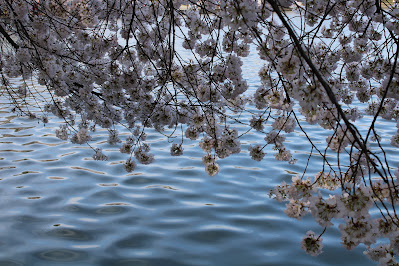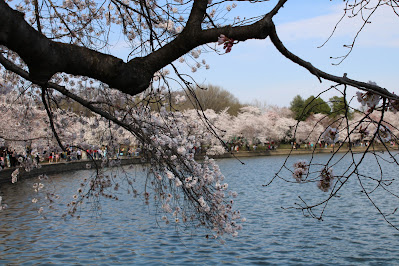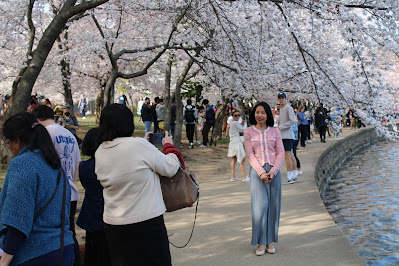Like Johnny Appleseed, Daniel Boone is part legend, and many of the images we have of him are false. He did not wear a coonskin cap, did not discover Cumberland Gap and was not the first settler to arrive in Kentucky.
But he did guide many through the Gap and he, more than anyone else, helped settle the Bluegrass State. In fact, one of the chief ironies of Boone’s life (1734-1820) is that he, more than anyone else, helped ruin the wilderness he loved.
The Daniel Boone that emerges from Robert Morgan’s biography is a bright, humble, kind man, a woodsman more at home in the forest than anywhere else and as sympathetic to Native Americans as most any of his generation.
Often in debt, Boone learned the hard way that his personality was better suited to the edges of civilization than to its midst. But not before he may have had this realization, Morgan writes:
By 1788 the irony could not have been lost on Boone that he, as much as any other single human being, had helped create the world that was now repugnant to him, so raging and relentless in growth and greed. And he must have seen, perhaps for the first time, the contradiction and conflict at the heart of so much of his effort: to lead white people into the wilderness and make it safe for them was to destroy the very object of his quest.
(Boone’s first view of Kentucky by William Tylee Ranney, 1849, courtesy Wikipedia)
